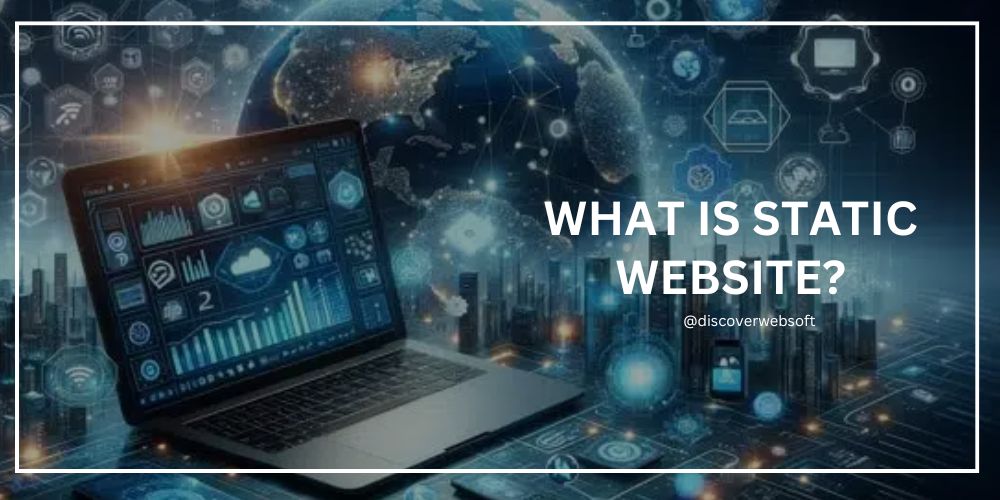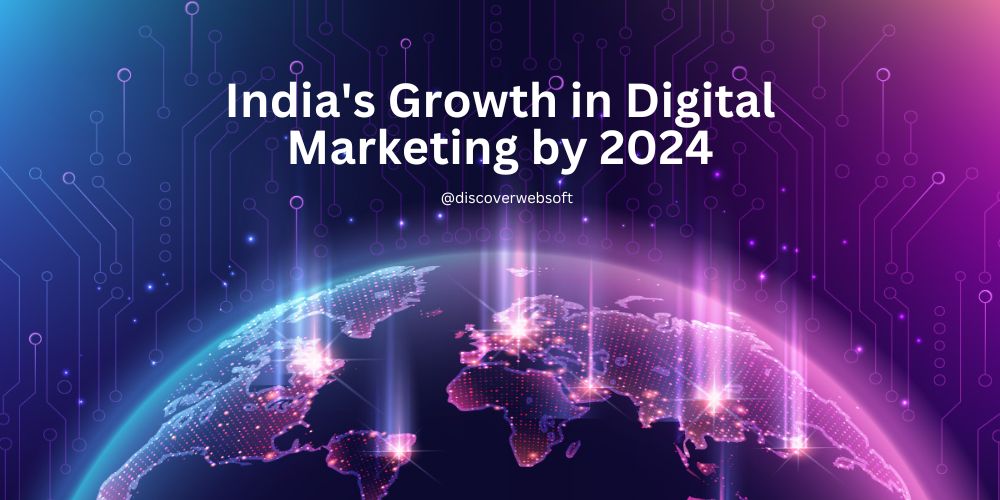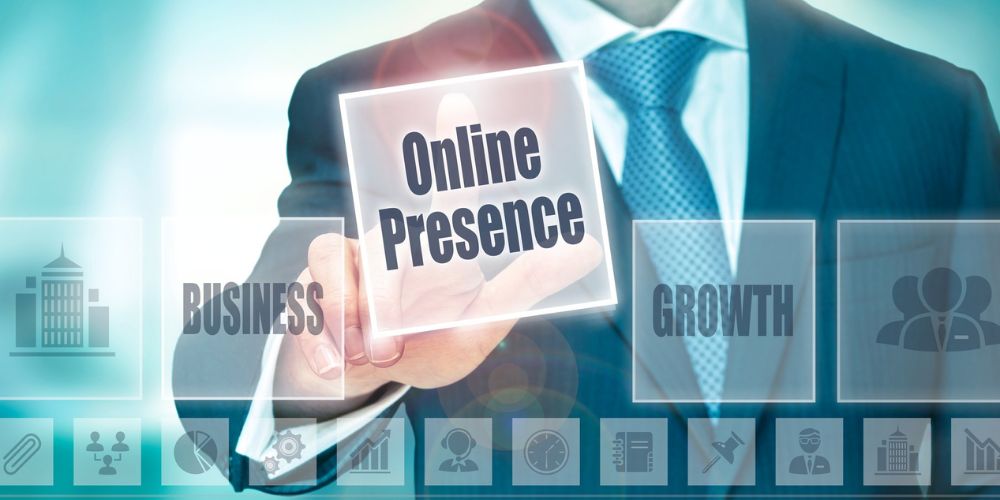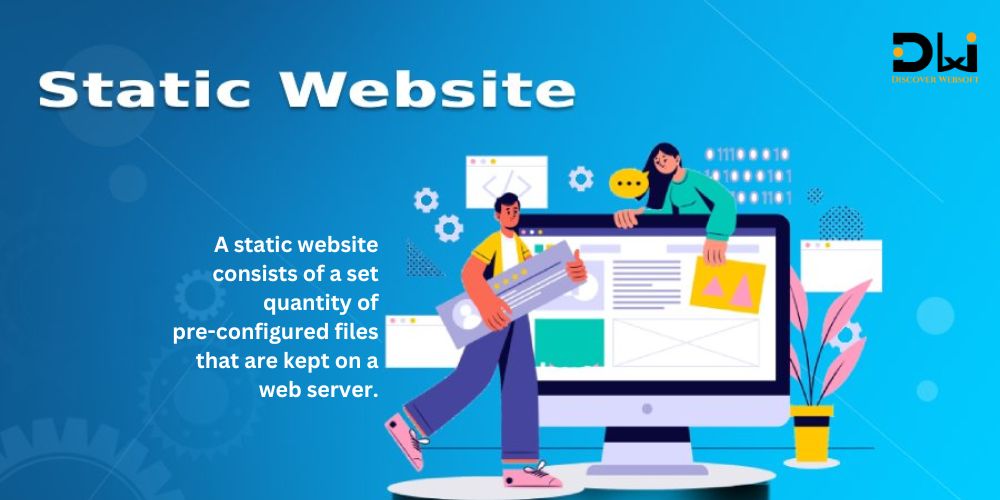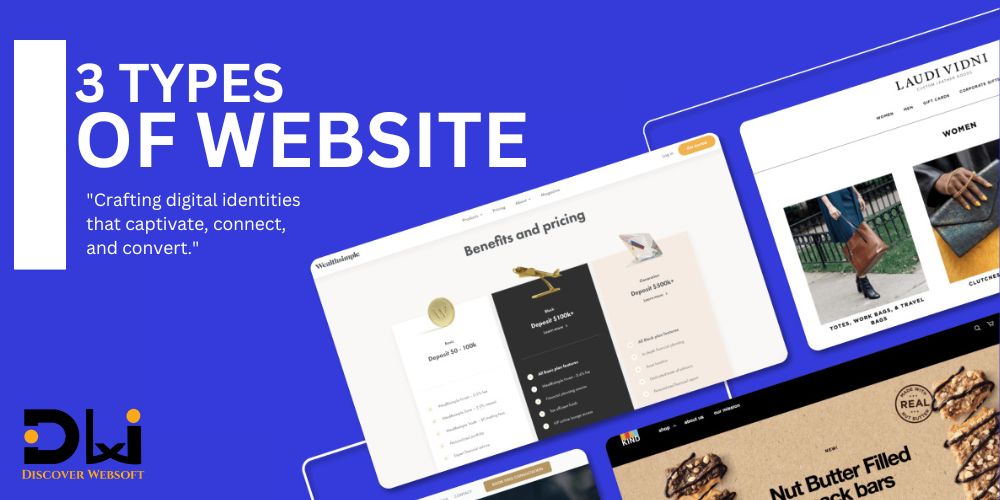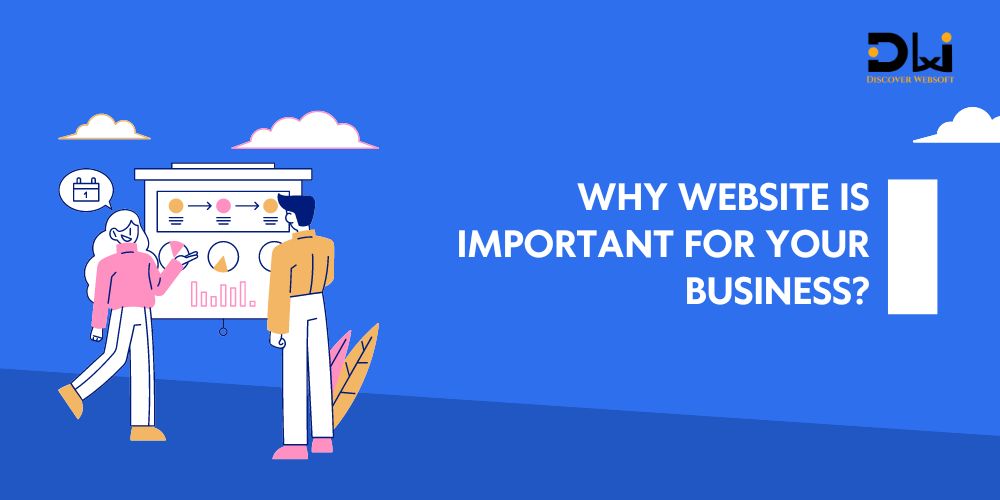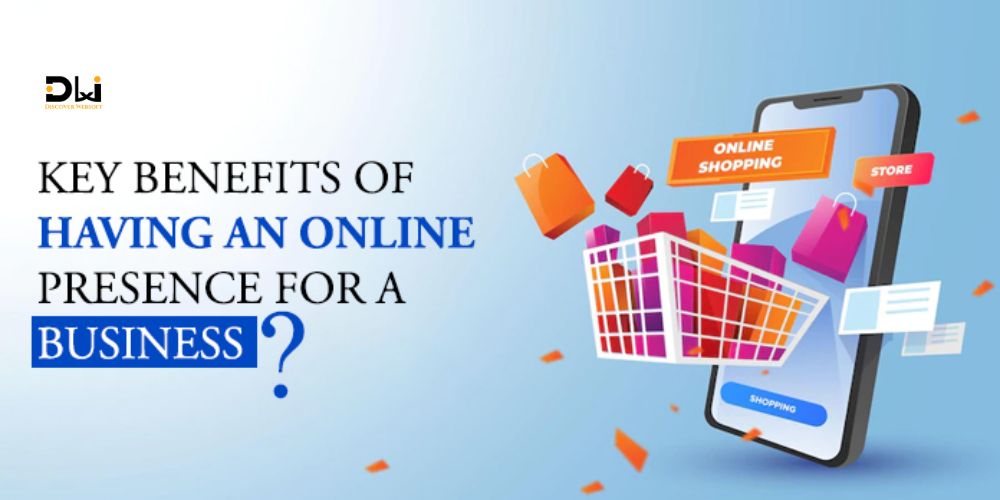What is a Static Website?
Your website is the digital face of your company. Oftentimes, it’s also the first place potential customers engage with your business. However, a lot of websites nowadays, like WordPress or HubSpot, are constructed using the framework of a conventional database-driven website. This kind of website can be difficult for developers to maintain, cumbersome, and prone […]
What is a Static Website? Read More »

